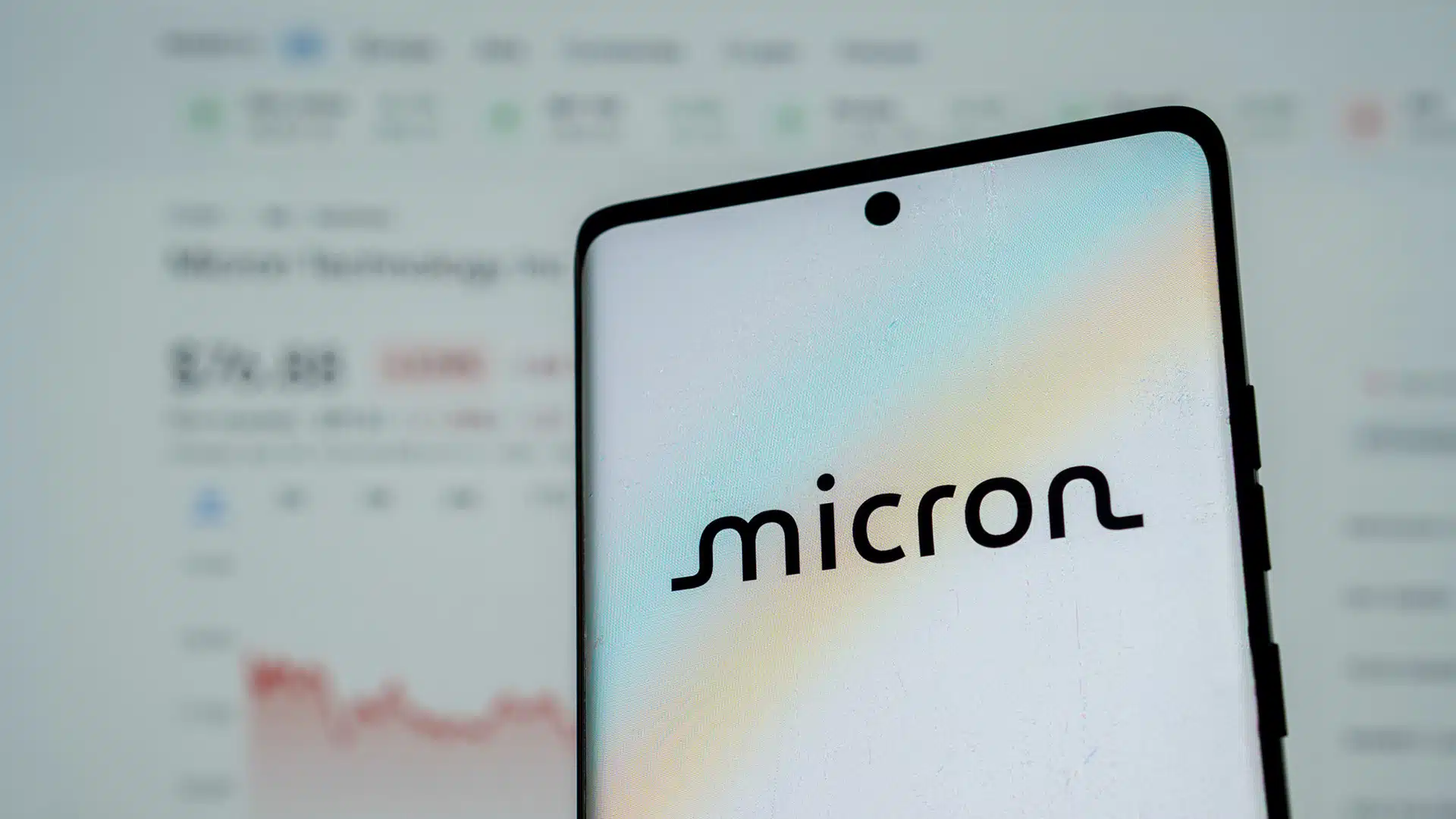Hero Digital: Healthcare CX Advocacy Differs Across Generations and Industry Subsectors
A new healthcare CX report from Hero Digital, the CX-led digital transformation company based in San Francisco, reveals the hidden aspects and attributes driving brand choice, advocacy, and priorities when customers choose a healthcare company. In its annual Healthcare CX Index, the report focuses on the four generations of Gen Z, Millennials, Gen X, and Baby Boomers, as well as on the four industry subsectors of Primary Care, Urgent Care, Medical Specialties, and Pharmacy.
Findings from the report show that the top CX attributes in healthcare advocacy differ for each generation. Among Gen Z customers, nearly one-third rank empowerment and disruption as the top CX attributes when they recommend a healthcare company. The same percentage holds for Gen X customers, but the CX attributes they value most are access and ease. With Baby Boomers, the most important attributes are price and stature, even though those choices apply to just 20% of the Boomer population, suggesting that other qualities also matter to this generation, but in numbers less than a fifth of the total. And for Millennials, 60%—a clear majority—agree that empathy and principles are the attributes that count.
Healthcare customer values also vary among industry subsectors. Primary Care customers are willing to pay more for a CX in which they feel heard and understood. Meanwhile, Urgent Care customers desire in-person services supplemented by digital experiences. With Medical Specialties customers, what matters are recommendations from world experts. And for Pharmacy customers, the most important CX attribute is genuine trust with every interaction.
“Healthcare customer experiences are layered engagements with multiple touchpoints,” says Kerri Drozd, senior vice president for strategy at Hero Digital. “Enhancing in-person interactions with the right digital experiences creates lasting connections with your customers, and our Healthcare CX Index is designed to help business leaders take meaningful actions that positively impact people’s lives and business outcomes.”
Zendesk: “Exceptional” CX Requires Three Factors
“Exceptional” is the new service baseline for businesses when it comes to meeting customer expectations, and delivering exceptional service entails three factors: a balanced human and automation strategy, integrating key data from critical apps, and evolving the role of CX, declares the new CX Accelerator report from Zendesk, the provider of software-as-a-service (SaaS) products on customer care and communications headquartered in San Francisco.
With the first factor, agents using artificial intelligence (AI) technology make a winning combination, the report notes. Nonetheless, businesses need to focus on how they balance automation and the human element of CX. Such a calculation requires a deeper understanding of customer behaviors, so that automation can be placed where it is most effective on the one hand, and agent support can be provided where it can have the greatest impact on the other.
In the second factor, the integration of key data from critical apps is imperative for any organization, which today faces a regular influx of massive amounts of data. Yet breaking down silos continues to pose a challenge, and data fragmentation is a serious obstacle to delivering seamless customer support. In the shadow of such challenges, providing agents with the right information at the right time can help support teams better anticipate customer needs, the report emphasizes. Customer feedback can also help other teams act quickly to improve product or service offerings. All told, better collaboration between sales and support teams can optimize customer engagement across all touchpoints, reduce churn, and build stronger relationships.
For the third factor, evolving the role of CX requires investing in training and tools to ensure that agents and support teams have what they need to uncover leads and close deals. In turn, businesses will reap the benefits, the report asserts.
Related Article: Abu Dhabi Launches ‘Program for Effortless Customer Experience’
To drive home these points, the report examines, identifies, and compares the various stages of CX maturity—from Starters at the earliest stage, progressing to Emergers, and then to Risers, and finally to CX Champions, which sit at the highest level of CX expertise.
ActiveCampaign Has Advice for SMBs to Get Ahead and Grow Their Business
For small and medium businesses (SMBs) to stay top of mind for consumers and thrive over retail giants, they need to capitalize on touchpoints and interactions across channels to reach more people, engage new leads, and hold on to existing customers, according to a new report from ActiveCampaign, the Chicago-based provider of a cloud software platform for CX automation.
Citing statistics that show prevailing consumer sentiment toward retail giants to be negative, the report says SMBs have a huge opportunity to gain market share. To do so, SMBs should be targeting Gen Z and Millennials for this year’s holiday shopping. With 40% of Gen Z and 32% of Millennials indicating they would prioritize shopping from small businesses for their holiday purchases, SMBs should personalize communications with the two groups, the report notes. For instance, incorporating care recommendations into a customer’s previously purchased items or those in their cart demonstrates thoughtfulness on the part of the seller, rendering the transaction less impersonal and more meaningful.
And while consumers are expected to be more frugal with holiday spending this year because of inflation, the report reminds SMBs that price is not the sole consideration for consumers eager to buy product. Nearly 60% of consumers would be willing to pay more for a small business product, the results indicate, especially if the product is accompanied by an enjoyable or meaningful shopping experience.
Overall, consumers are ready to engage with small businesses, the report notes. Nearly 90% of consumers have shopped with at least one new small business in the past two years—an indication that those emerging from the pandemic have a strong chance of gaining new loyalty. And to ensure that customers remember, SMBs must connect with new and existing clients across all channels, no matter where they had engaged with them first, the report advises.
Calabria: Variances in CX Perception Show Up as Worrisome Gaps
Significant gaps exist between consumer experiences and the service that contact center managers think they are delivering, states a new report from Calabrio, the Minneapolis, Minnesota-based CX intelligence company and provider of workforce optimization solutions. In the report, State of the Contact Center 2022: Empowering the Contact Center as a Brand Guardian, divergences occur in several aspects of the CX process. For instance, 80% of managers think they are meeting or exceeding customer expectations involving access to live agents, but only 37% of consumers agree with that view.
Mismatched perceptions also occur with contact center managers on the role that voice channels play concerning brand image. Managers rank voice third in importance behind email and web interactions, yet nearly 80% of consumers rank phone interactions as their preferred customer service channel.
The report also recognizes that contact center agents have a direct hand in shaping how a brand is perceived by customers, whether customers remain loyal or switch allegiances, and how company revenue could go either up or down. For this reason, agents must be empowered as frontline brand guardians to protect revenue streams, the report stipulates. A negative contact center experience is particularly damaging, and a single negative experienced is enough to significantly harm consumer perceptions across future interactions, the report adds.
Protocol: Consumer Sentiment on CX and Related Issues
While businesses may be ramping up their use of CX tools like chatbots and automated systems, a new survey reveals that consumers for the most part still prefer real-time communication. Similarly, 91% of customers found phone calls useful, compared to the 74% that found chatbots advantageous.
These and other findings are the result of a new Harris Poll commissioned by Protocol, the new media company headquartered in San Francisco focusing coverage on the people, power, and politics surrounding technology. Protocol had sought to analyze consumer sentiment on CX and related issues around the subject—what has changed, what is working, and what isn’t.
A key finding was that for 67% of consumers, an available customer service representative to speak to counted as an important factor of good CX. In comparison, chatbot availability received only 20%, and automated customer assistance systems ranked last with just 16%. However, agent availability was not as important to adults aged 18 to 25, with only 45% of the age group placing value on that factor, compared to 67% of all US adults and 77% of those 50 and older. These results could mean that the members of Gen Z find CX tech tools to be more useful than a live human on the phone.
Related Article: Human-Centered Design and Personnel Are Key to CX Improvements
Another important finding revealed what consumers consider to be the industry offering the best customer service. Financial services topped the list (15%), above retail and consumer goods (12%), the tech industry (7%), and public works and civil services in last place (2%).
But perhaps the most surprising result centered on the question of whether consumers feel that a transformation in CX has occurred since the pandemic began. According to the results, 50% of US adults feel their CX interactions have not changed compared to the start of the pandemic. Meanwhile, 27% of those polled believe their experience is worse than before the pandemic, and only 21% feel that an improvement has taken place.
Together the findings suggest that a great deal remains to be done before businesses can provide seamless, end-to-end CX for customers. To this end, business leaders should continue to invest in tech-enabled CX tools with an eye on the next generation, yet not overlook the incalculable value residing in an accessible, human interaction, the findings advise.
Author Information
Alex is responsible for writing about trends and changes that are impacting the customer experience market. He had served as Principal Editor at Village Intelligence, a Los Angeles-based consultancy on technology impacting healthcare and healthcare-related industries. Alex was also Associate Director for Content Management at Omdia and Informa Tech, where he produced white papers, executive summaries, market insights, blogs, and other key content assets. His areas of coverage spanned the sectors grouped under the technology vertical, including semiconductors, smart technologies, enterprise & IT, media, displays, mobile, power, healthcare, China research, industrial and IoT, automotive, and transformative technologies.
At IHS Markit, he was Managing Editor of the company’s flagship IHS Quarterly, covering aerospace & defense, economics & country risk, chemicals, oil & gas, and other IHS verticals. He was Principal Editor of analyst output at iSuppli Corp. and Managing Editor of Market Watch, a fortnightly newsletter highlighting significant analyst report findings for pitching to the media. He started his career in writing as an Editor-Reporter for The Associated Press.








